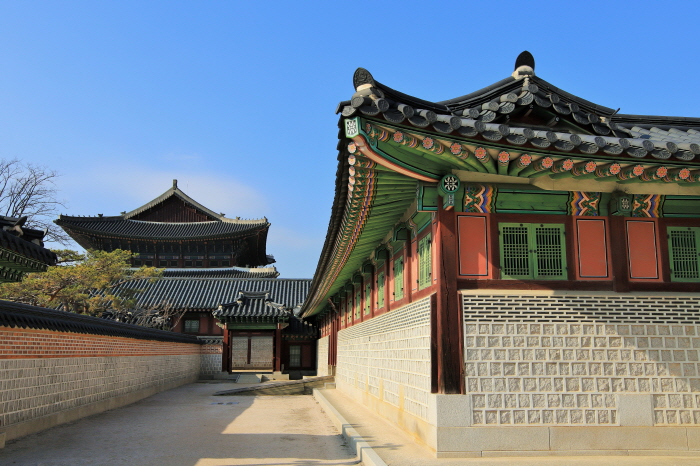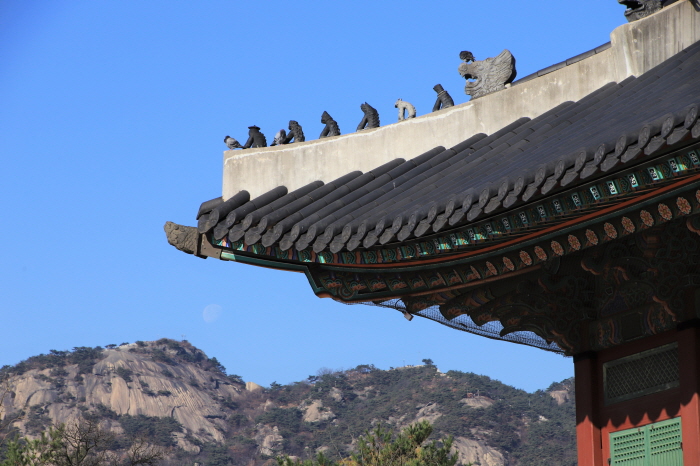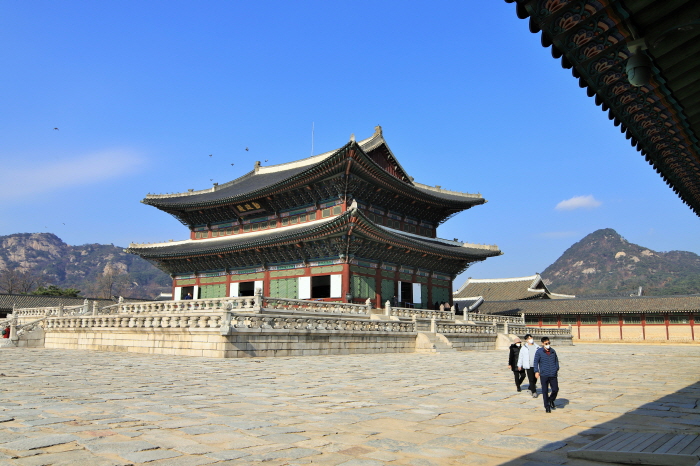Gyeongbokgung Palace, located in the heart of Seoul, is one of Korea’s most significant cultural landmarks. Built in 1395, it stands as a symbol of the nation’s royal heritage and its deep-rooted history. Visitors from around the world are drawn to its stunning architecture, beautiful gardens, and rich historical significance. However, the palace holds many intriguing facts that often go unnoticed. In this post, we’ll explore 15 essential historical facts about Gyeongbokgung Palace through a question-and-answer format to enhance your understanding and appreciation of this iconic site.


15 Key Historical Questions and Answers
- Q: When was Gyeongbokgung Palace built?
A: Gyeongbokgung Palace was built in 1395 during the early days of the Joseon Dynasty. - Q: Who founded Gyeongbokgung Palace?
A: Gyeongbokgung was founded by King Taejo, the first king of the Joseon Dynasty. - Q: What does “Gyeongbokgung” mean?
A: Gyeongbokgung means “Palace of Shining Happiness.” - Q: Why is Gyeongbokgung Palace important?
A: It was the main royal palace during the Joseon Dynasty and the political heart of Korea for centuries. - Q: How large is Gyeongbokgung Palace?
A: Gyeongbokgung covers around 432,703 square meters, making it the largest of the five grand palaces in Seoul. - Q: Was Gyeongbokgung ever destroyed?
A: Yes, it was destroyed during the Japanese invasions in the late 16th century and later during the Japanese occupation in the early 20th century. - Q: Has Gyeongbokgung Palace been restored?
A: Yes, several restoration projects have taken place since the 19th century, with ongoing efforts to return it to its former glory. - Q: What is Geunjeongjeon Hall used for?
A: Geunjeongjeon Hall was used for important state affairs, including royal ceremonies and meetings with officials. - Q: Who lived in Gyeongbokgung Palace?
A: It was home to the royal family, including kings, queens, and their children, as well as many palace staff. - Q: What can you find at Gyeongbokgung Palace today?
A: Today, visitors can see beautiful traditional Korean architecture, gardens, and museums like the National Palace Museum of Korea. - Q: What is the Gwanghwamun Gate?
A: Gwanghwamun is the main gate of Gyeongbokgung Palace and serves as the grand entrance. - Q: What is the significance of Hyangwonjeong Pavilion?
A: Hyangwonjeong Pavilion, located on an artificial island, is known for its picturesque beauty and serene surroundings. - Q: Did Gyeongbokgung Palace have a king’s throne room?
A: Yes, Geunjeongjeon Hall housed the king’s throne, where the king would receive guests and preside over important matters. - Q: What are the stone markers in the courtyard of Geunjeongjeon Hall?
A: The stone markers indicate where government officials would stand during ceremonies, according to their rank. - Q: Are there any special events at Gyeongbokgung Palace today?
A: Yes, there are reenactments of the royal guard changing ceremony, and visitors can also rent hanbok (traditional Korean clothing) for a more immersive experience.

Exploring Gyeongbokgung Palace isn’t just about admiring its stunning architecture and serene gardens—it’s also an opportunity to delve into Korea’s royal history. The palace has witnessed countless events, from grand ceremonies to periods of destruction and restoration. By learning these key historical facts, you’ll gain a deeper appreciation of the site and its significance within Korean culture. Whether it’s your first visit or you’ve been here before, understanding the palace’s history will make your experience all the more enriching.